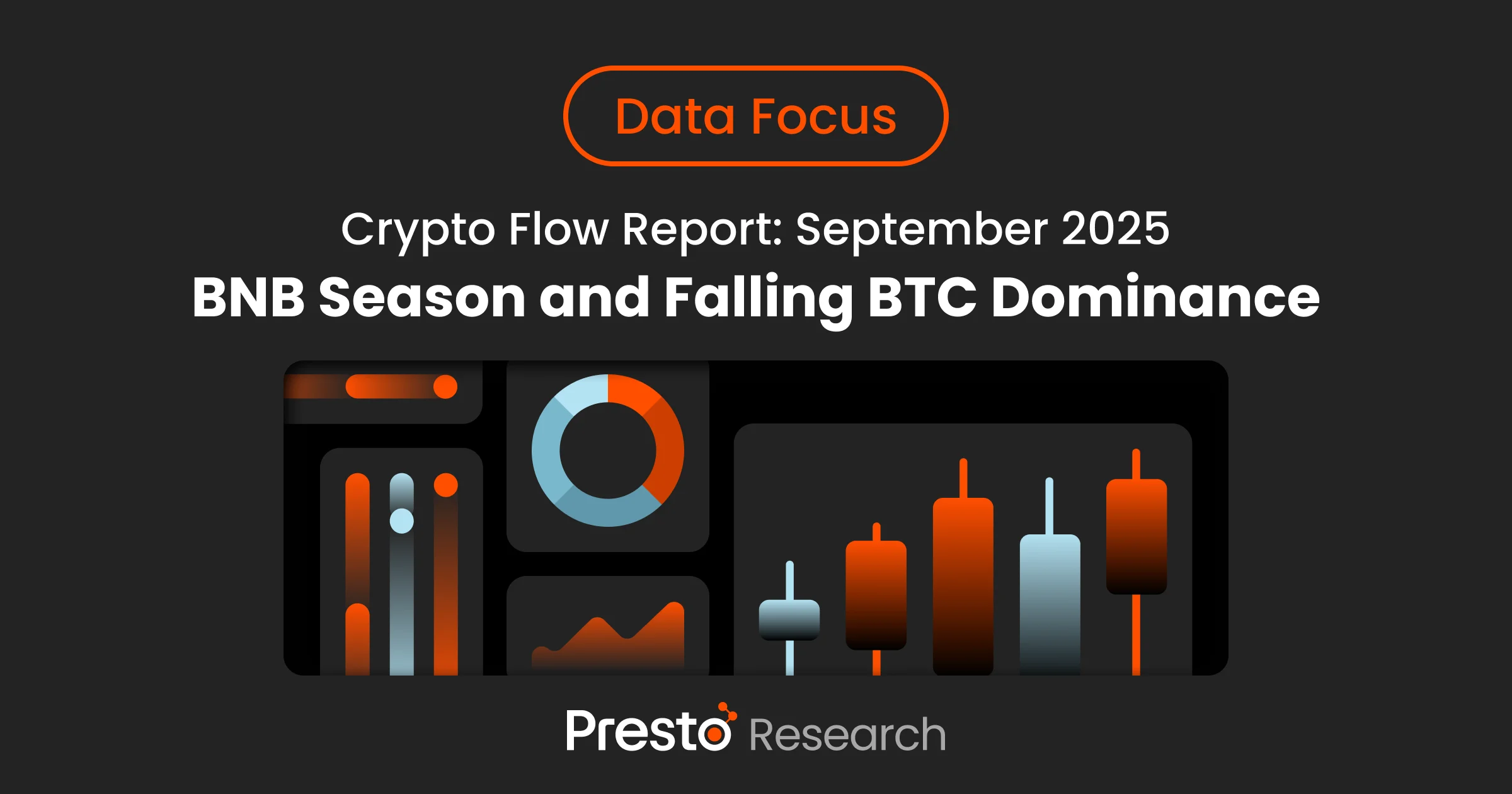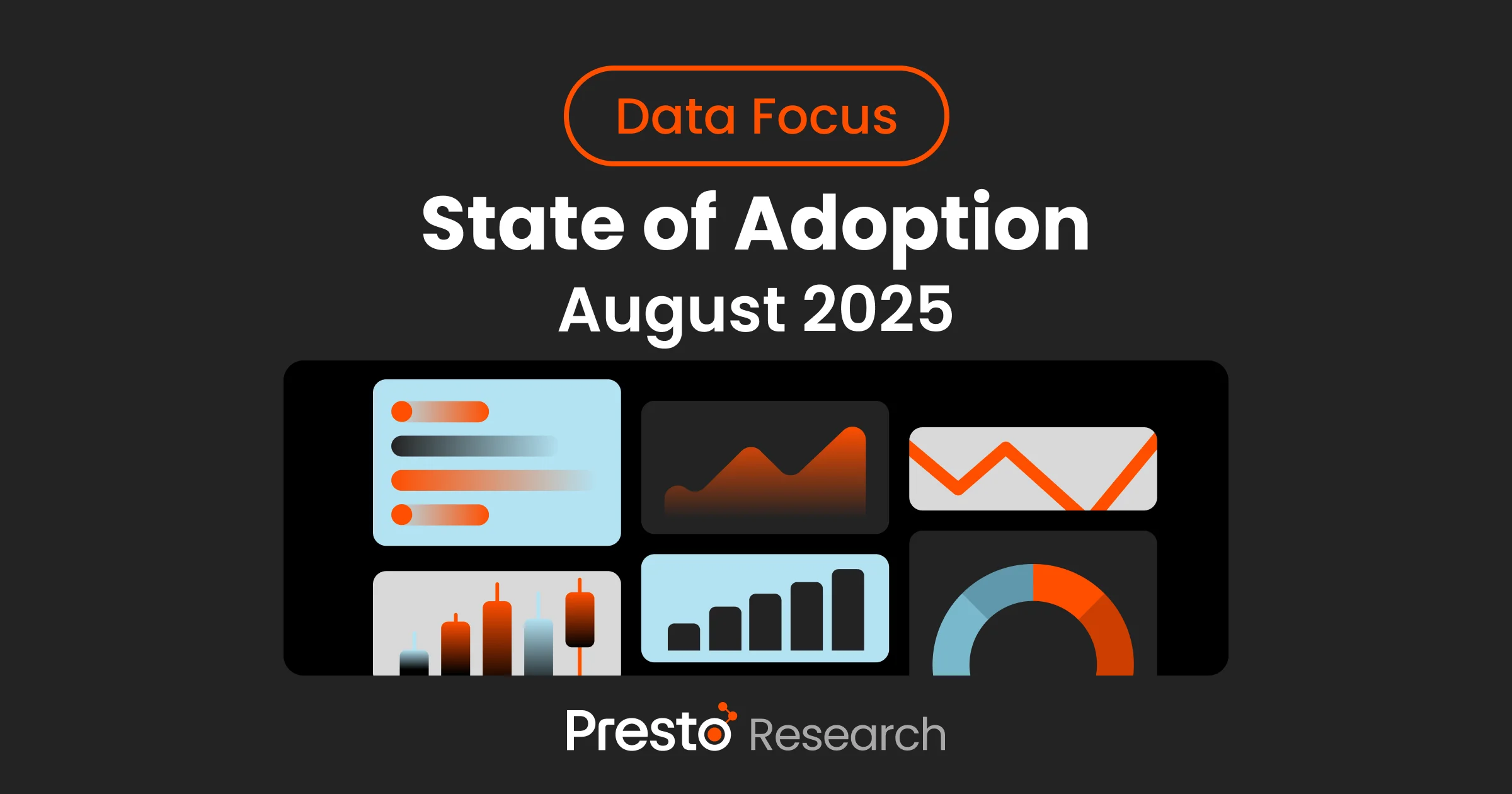Contents
Summary
February Spotlight: Crypto Fundamentals: A Failed Experiment?
1. Performance
1.1 Top 10 Coins by Market Cap
1.2 Returns by Timezone
1.3 BTC Monthly Returns Matrix
1.4 BTC and ETH monthly returns YTD
1.5 Fear-Greed Index
1.6 BTC dominance
2. ETF Flows
2.1 Aggregate BTC ETF Flows
2.2 BTC ETF Flows in November
2.3 BTC ETF Share by Product
3. Basis & Funding Rates
3.1 CME Futures Basis (Monthly)
3.2 CME Futures Basis
3.3 OI-Weighted Funding APR
3.4 Futures Basis
4. Liquidity, Volumes, Liquidations
4.1 Spot BTC Order Book Depth
4.2 Spot Order Book Ask-Bid Difference
4.3 Total Derivatives Volume
4.4 Perpetual Futures Liquidations
5. Options
5.1. BTC and ETH Put/Call Ratio
5.2. Skew
5.3. Risk Reversals
5.4. Butterfly
5.5. IV
5.6. RV
5.7. IV-RV
5.8. Term Structure
5.9. ETH-BTC IV Spread
6. On-Chain
6.1. TVL $ Change
6.2. TVL/MC Ratio Change
6.3. DAU Change
6.4. Average Daily Transaction Count
6.5. Average Daily Transaction Fee
7. Valuations
7.1. Market Cap / Fees Ratio
7.2. TVL / Fees Ratio
Appendix
Data Partners
Summary
This month's spotlight is on fundamental valuations, in particular the popular fee-based "market cap / fees" ratio and it's under-performance to $BTC during the current bull run.
February was a tough month for crypto due to both macroeconomic pressures such as tight U.S. monetary policy and Trump's potential new trade war tariffs, as well as crypto-native factors, mainly Bybit’s $1.5 billion hack by North Korea, the largest exploit in the industry to-date. All coins in the top 10 market cap coins were down (Figure 1.1) as $BTC experienced the worst month since June 2022 and the worst February since 2014 (Figure 1.3).
ETFs saw notable outflows in February (Figure 2.1) with only 5 inflow days (Figure 2.2).
The bearish sentiment was seen in orderbooks too as $ETH seeing a consistently heavier ask-side throughout the month (Figure 4.2b). As markets chopped and sold-off, many leveraged positions were caught offside, with February recording 3 days with more than $400mm in long perp positions liquidated (Figure 4.4).
In options, implied volatility pricing didn;t catch up to realised moves as seen in the spread in Figure 5.7a and 5.7b. The ETH-BTC IV spread inverted (short-term > long-term) as the market priced more near-term uncertainty towards $ETH over $BTC (Figure 5.9).




